SOWK 487 Week 03 - Foundations for Groups Part II
A presentation at Heritage University in January 2021 by Jacob Campbell and is tagged with Heritage University, BASW Program, SOWK 487w
Description
Week three students read through chapters four, five, and six of the Garvin textbook. These include chapters focused on Brenton (2017) and empowerment perspective in groups, Barksy and Northern (2017) and ethics and values in group work, and finally, Ortega (2017) social justice practice. To start the class session, we will be completing an activity to demonstrate power dynamics, talk about empowerment perspective, and do an activity related to social justice.
Reference
Barsky, A. E., & Northen, H. (2017). Chapter 05 - Ethics and values in group work. In C. D. Garvin, L. M. Gutierrez, & M. J. Galinsky_Handbook of Social Work with Groups_ (pp. 74-93). The Guilford Press.
Breton, M. (2017). Chapter 04 - An empowerment perspective. In C. D. Garvin, L. M. Gutierrez, & M. J. Galinsky_Handbook of Social Work with Groups_ (pp. 55-75). The Guilford Press.
Ortega, R. M. (2017). Chapter 06 - Group work and socially just practice. In C. D. Garvin, L. M. Gutierrez, & M. J. Galinsky_Handbook of Social Work with Groups_ (pp. 93-110). The Guilford Press.
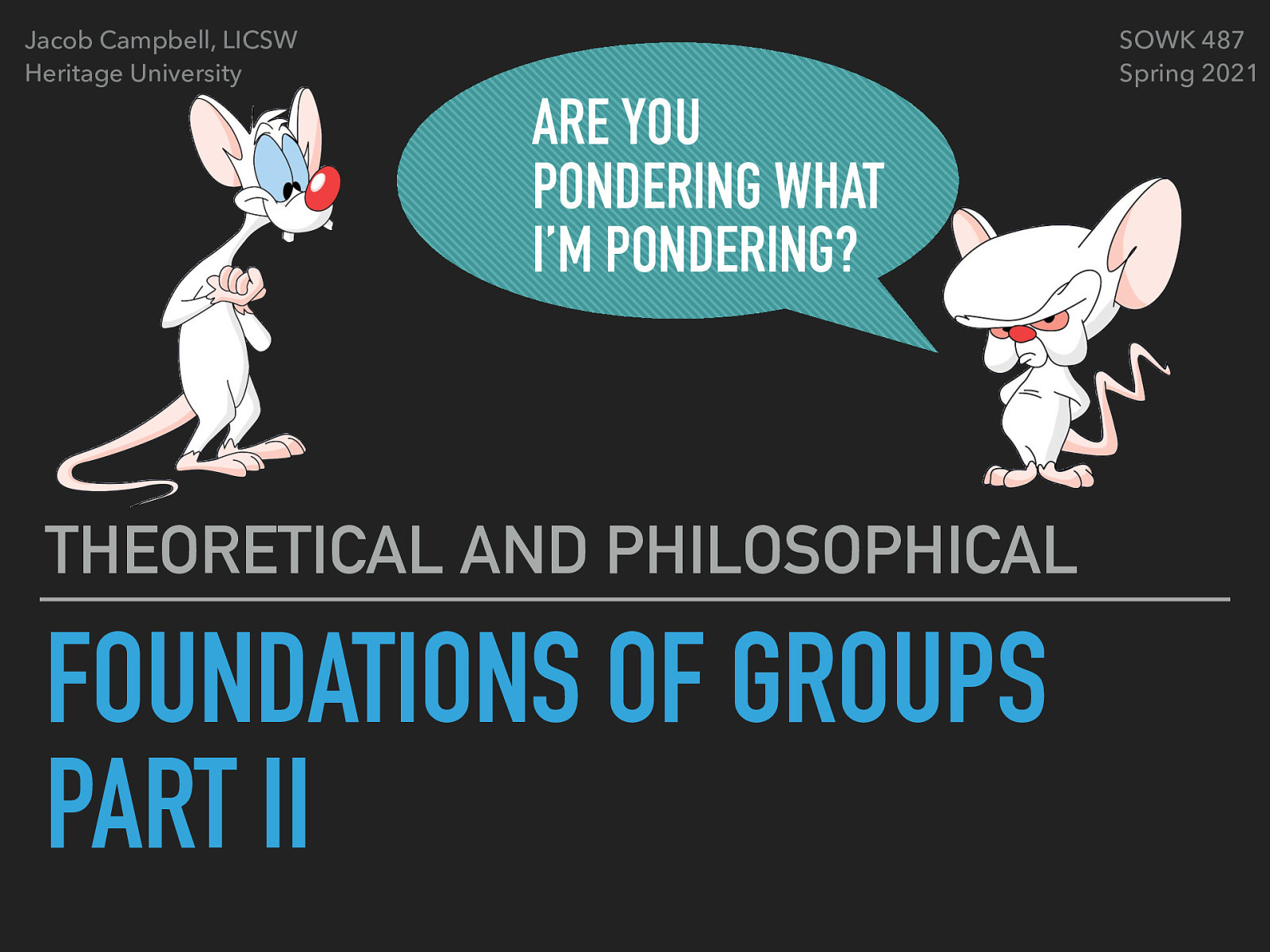
![[Whole Class Activity] Watch the Pinky and the Brain video clip. The readings for this week were about empowerment theory, ethics, and social justice. Whenever I think about those subjects I also get the feeling that we have to find ways to take over the world.](https://presentations.jacobrcampbell.com/u6tOvs/deck-6262-large-1.jpeg)
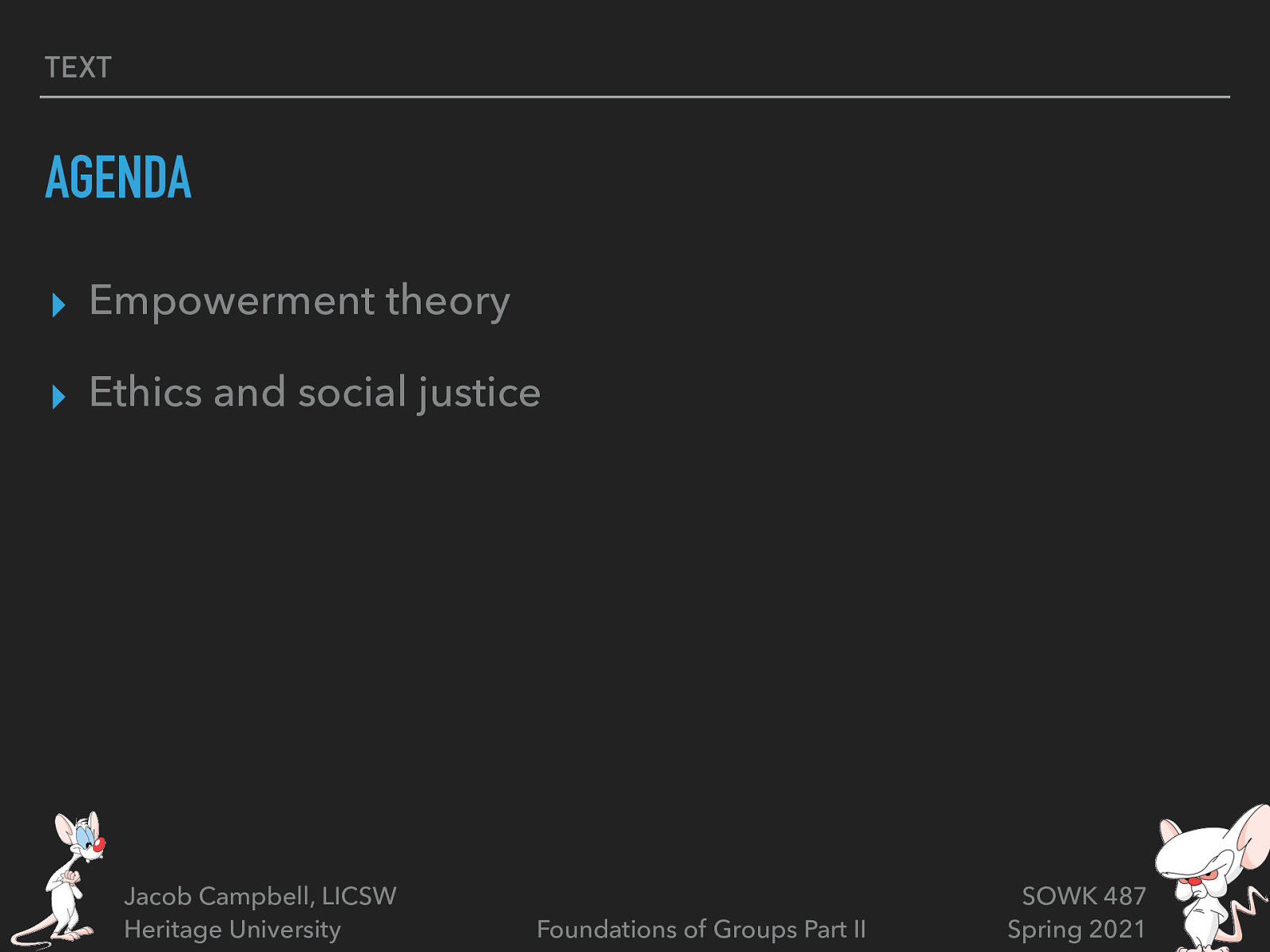
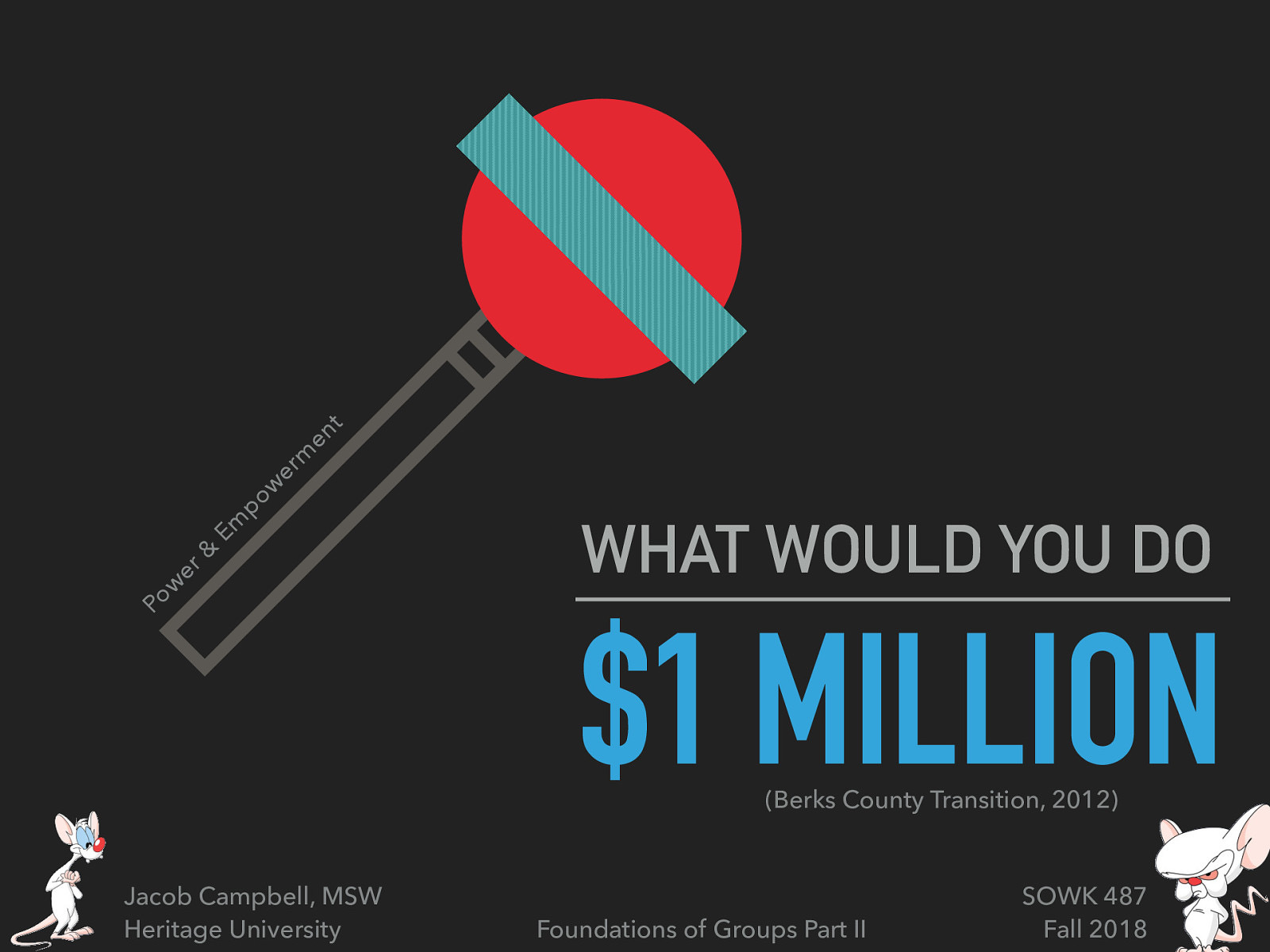
![“I am no bird; and no net ensnares me: I am a free human being with an independent will” — Charlotte Brontë, Jane Eyre So what is empowerment, what does it mean? [Small Group Activity] Have class break up into small groups (partners or trios) and come up with a definition for what empowerment What is it? Why it’s important? How we do it?](https://presentations.jacobrcampbell.com/u6tOvs/deck-6262-large-4.jpeg)
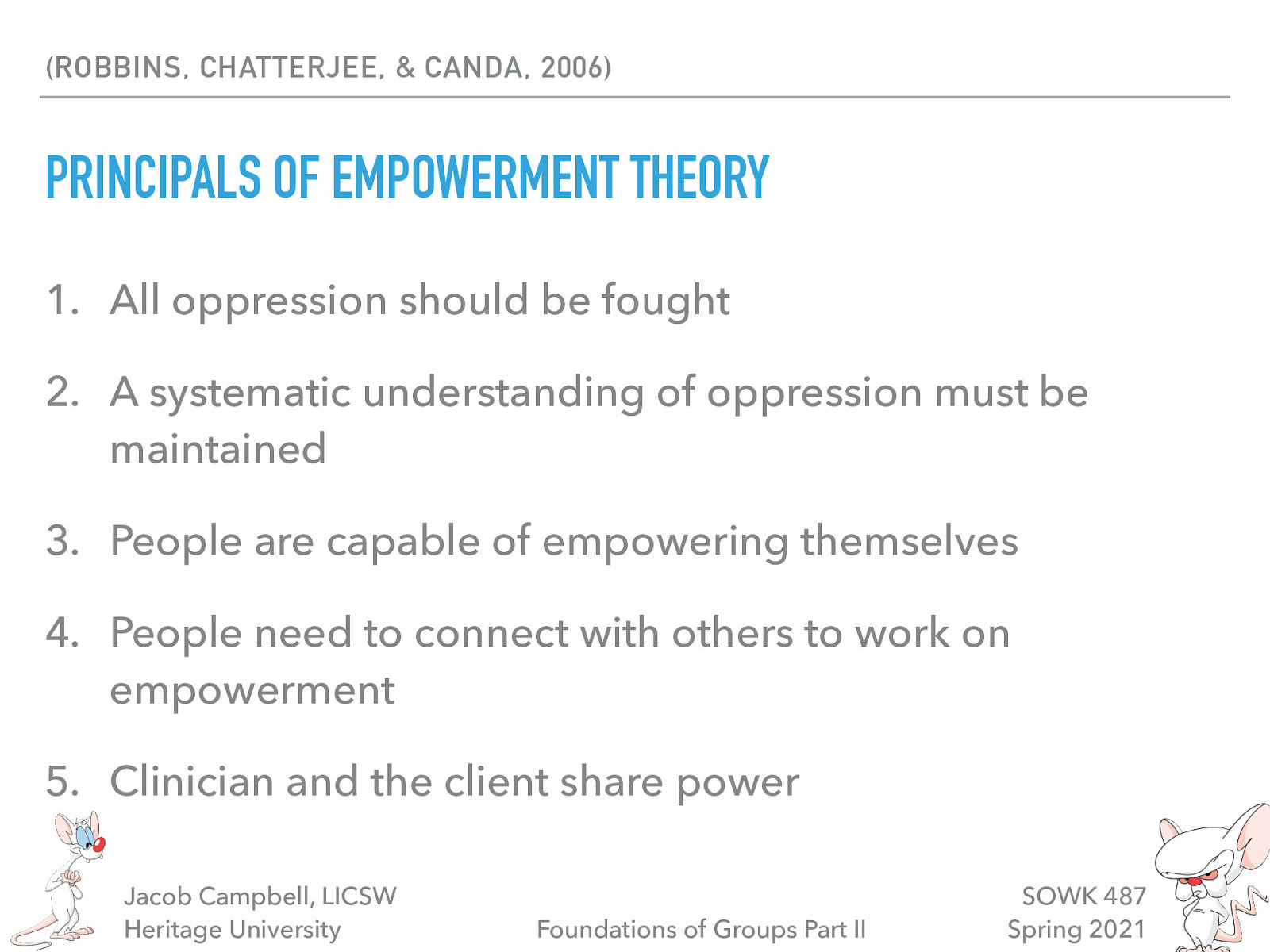
![Client centered with the client being encouraged to tell own story & develop own goals Client as “victor not victim” Social change is goal, not symptom reduction. Clinicians must examine how their practice may disempower clients Clinician may need to be socially and politically active to address meso and macro needs [local, national, global issues]](https://presentations.jacobrcampbell.com/u6tOvs/deck-6262-large-6.jpeg)
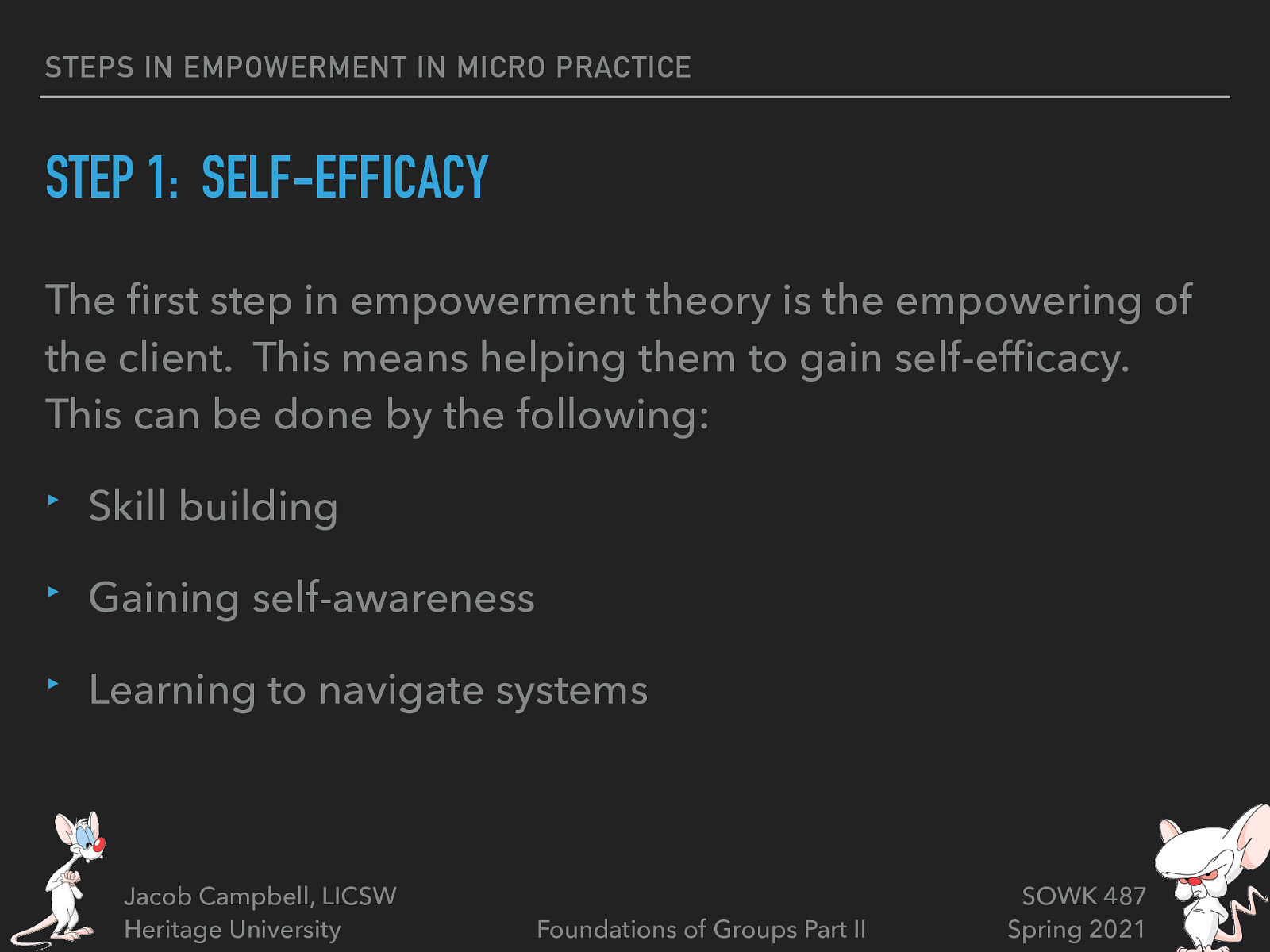
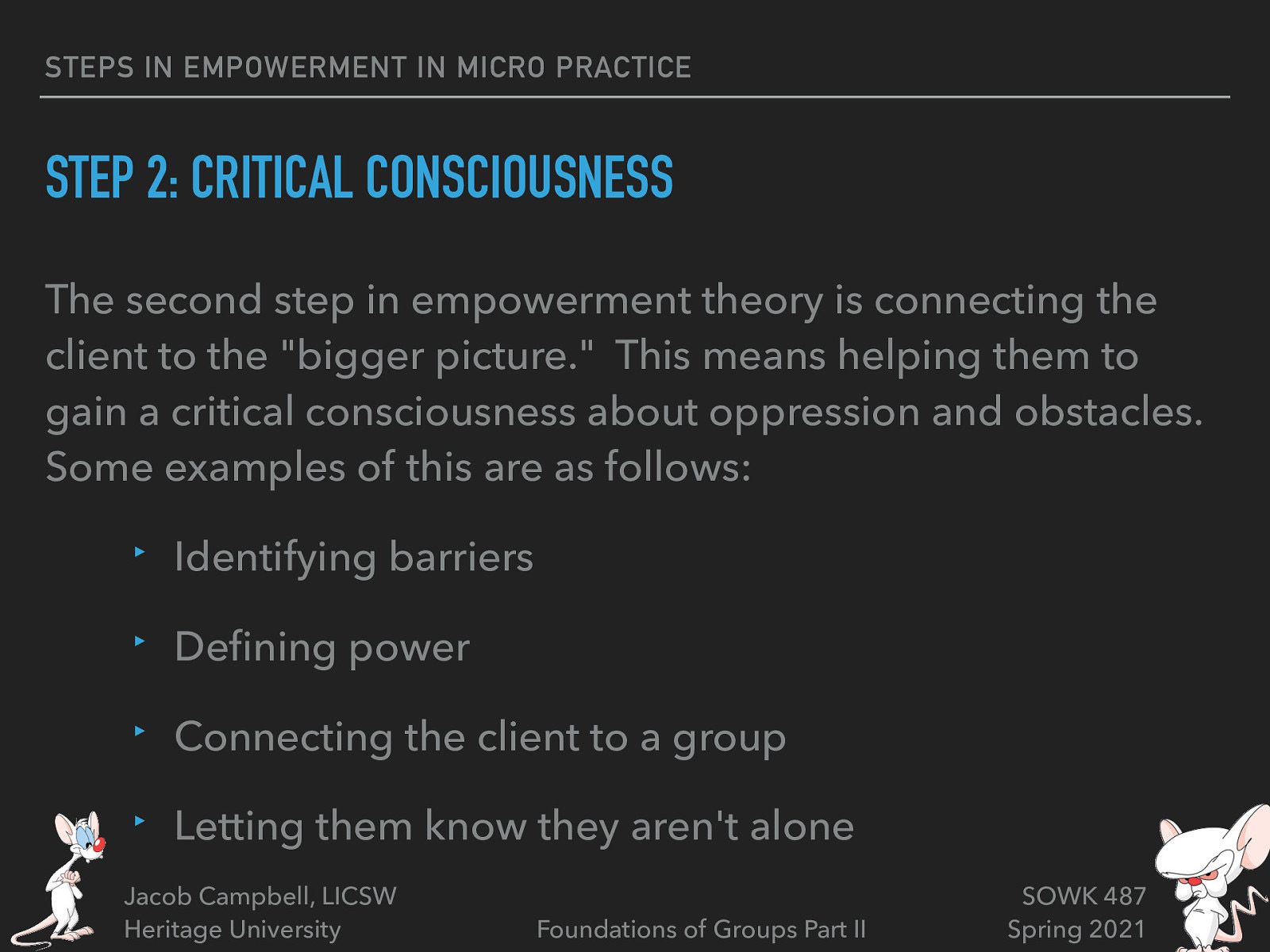
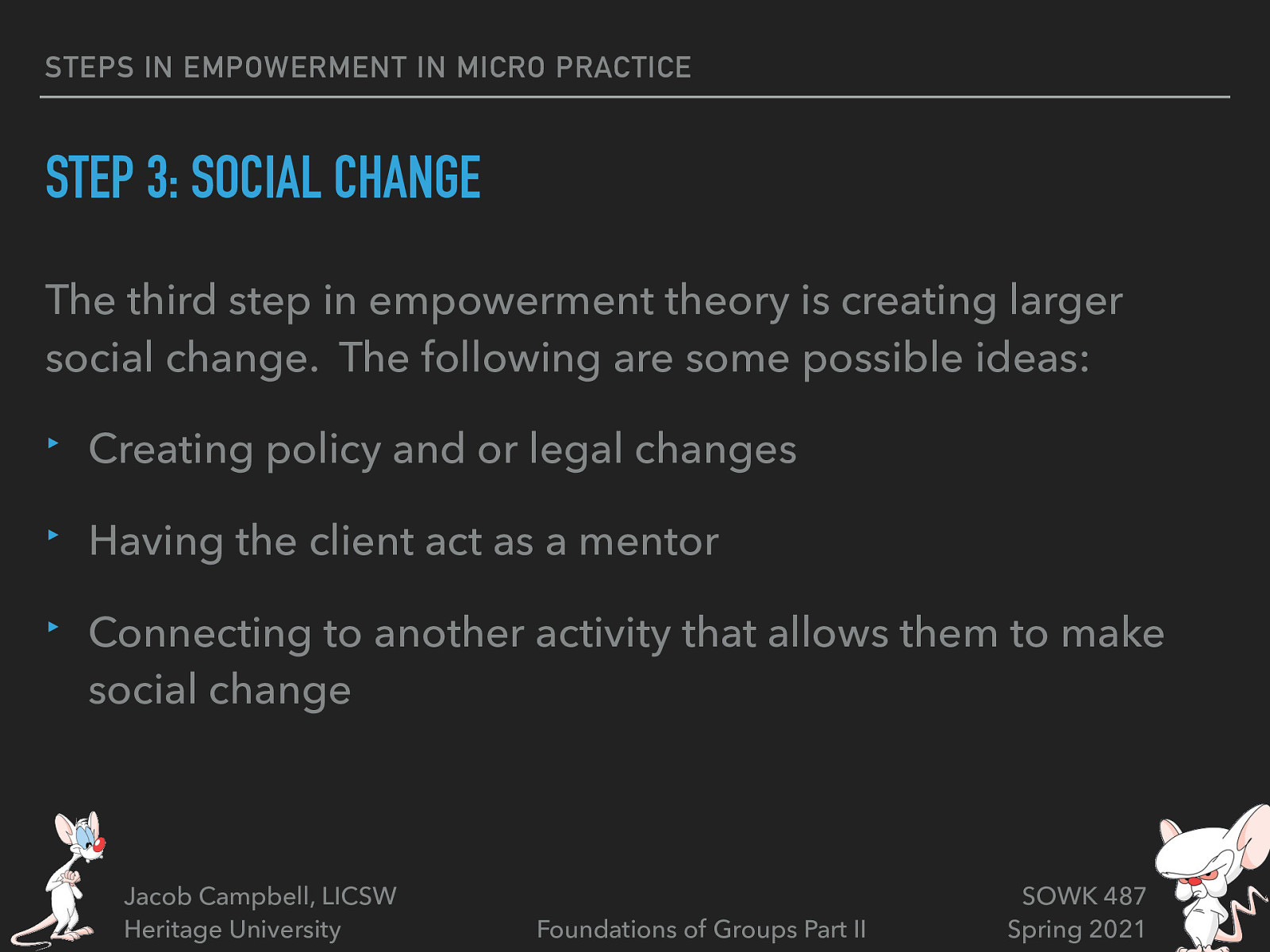
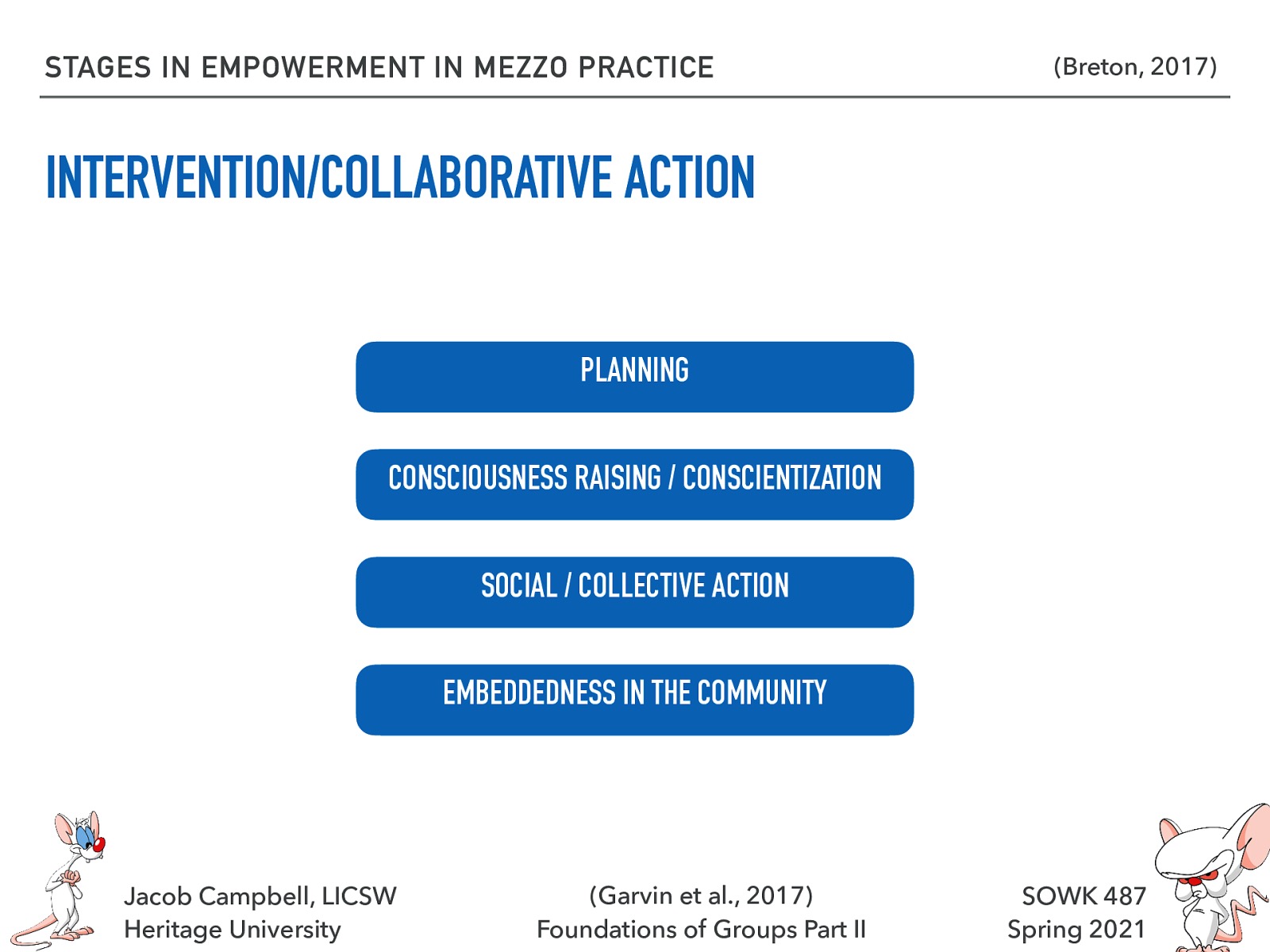
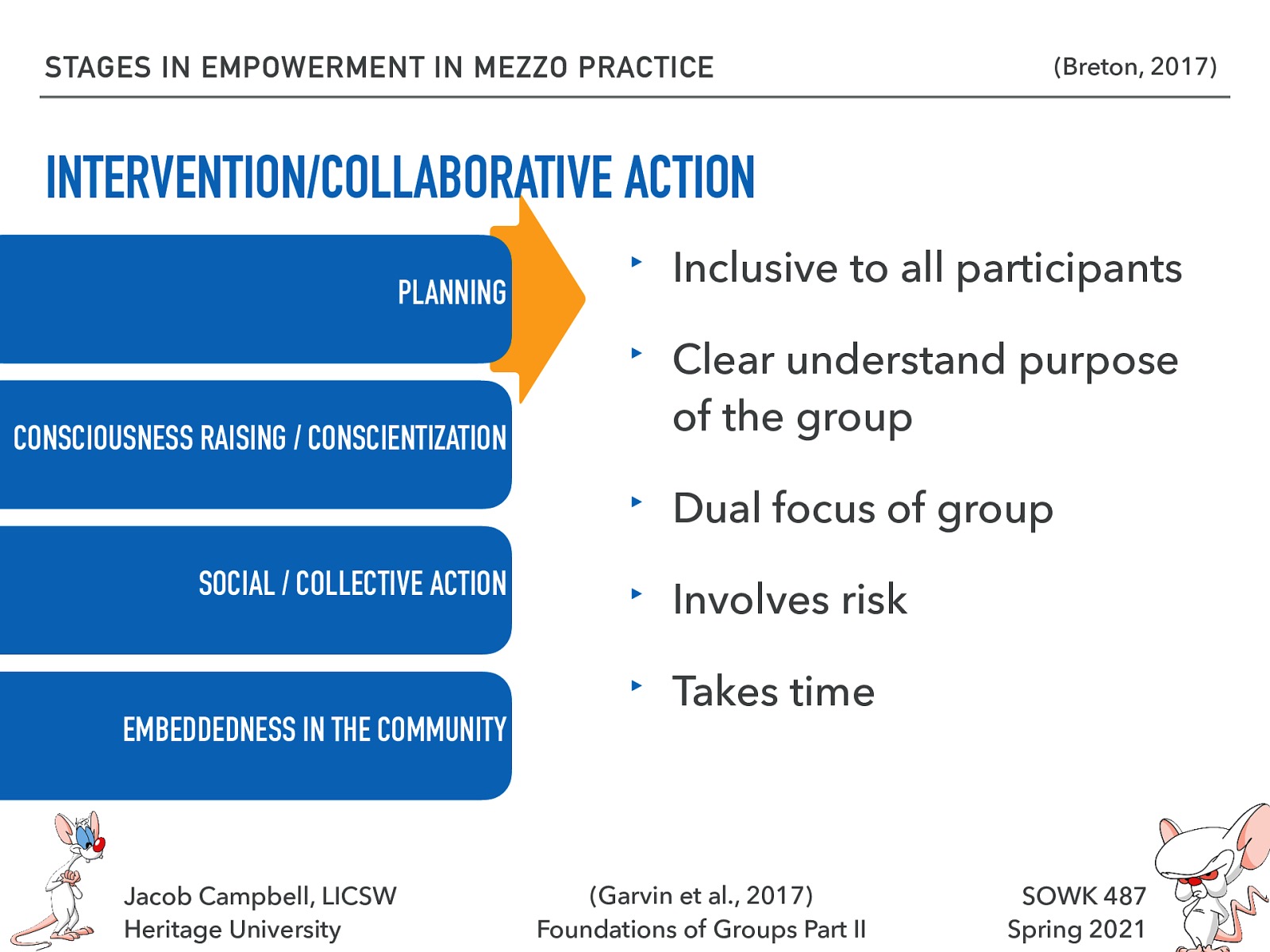
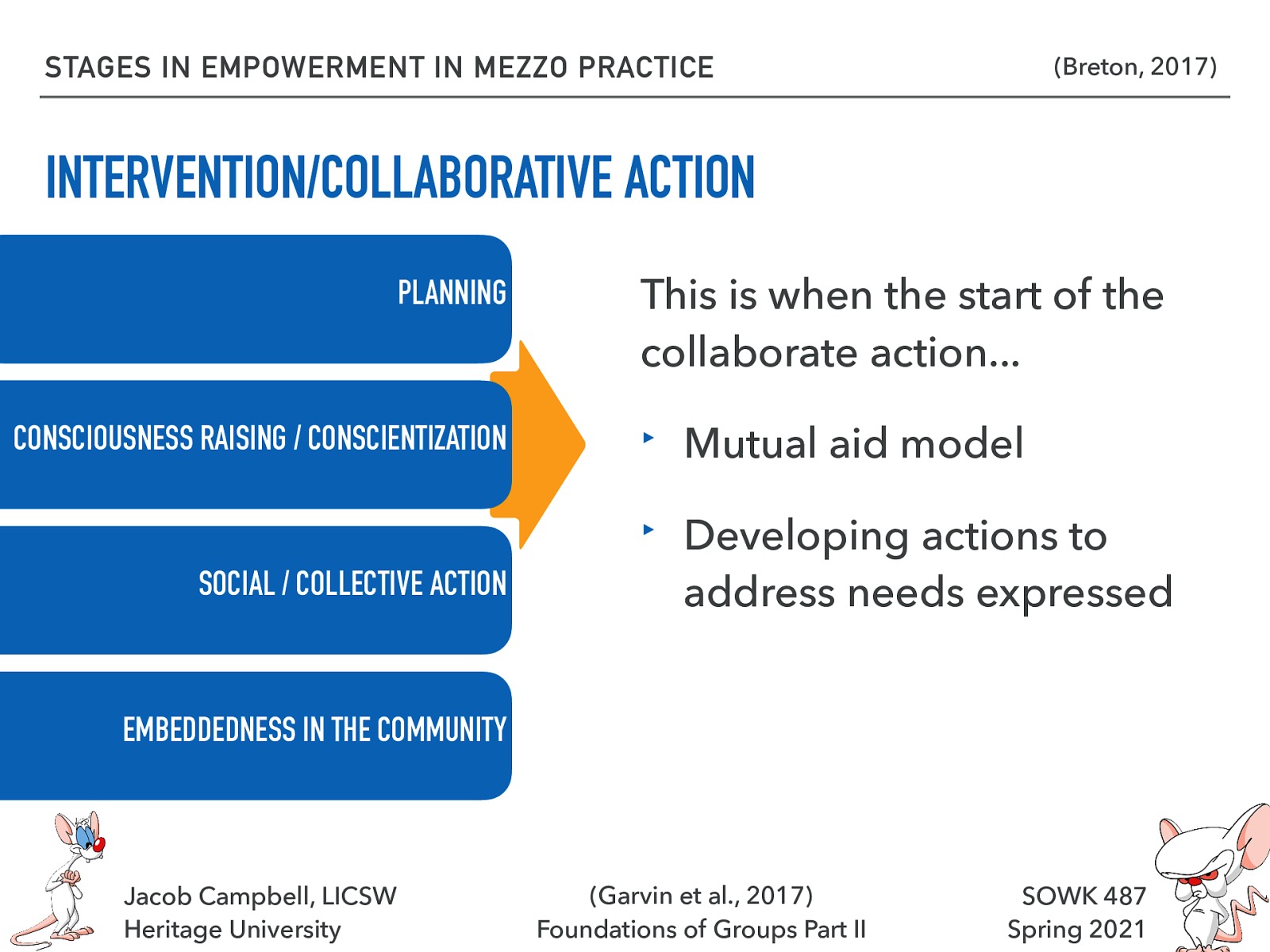
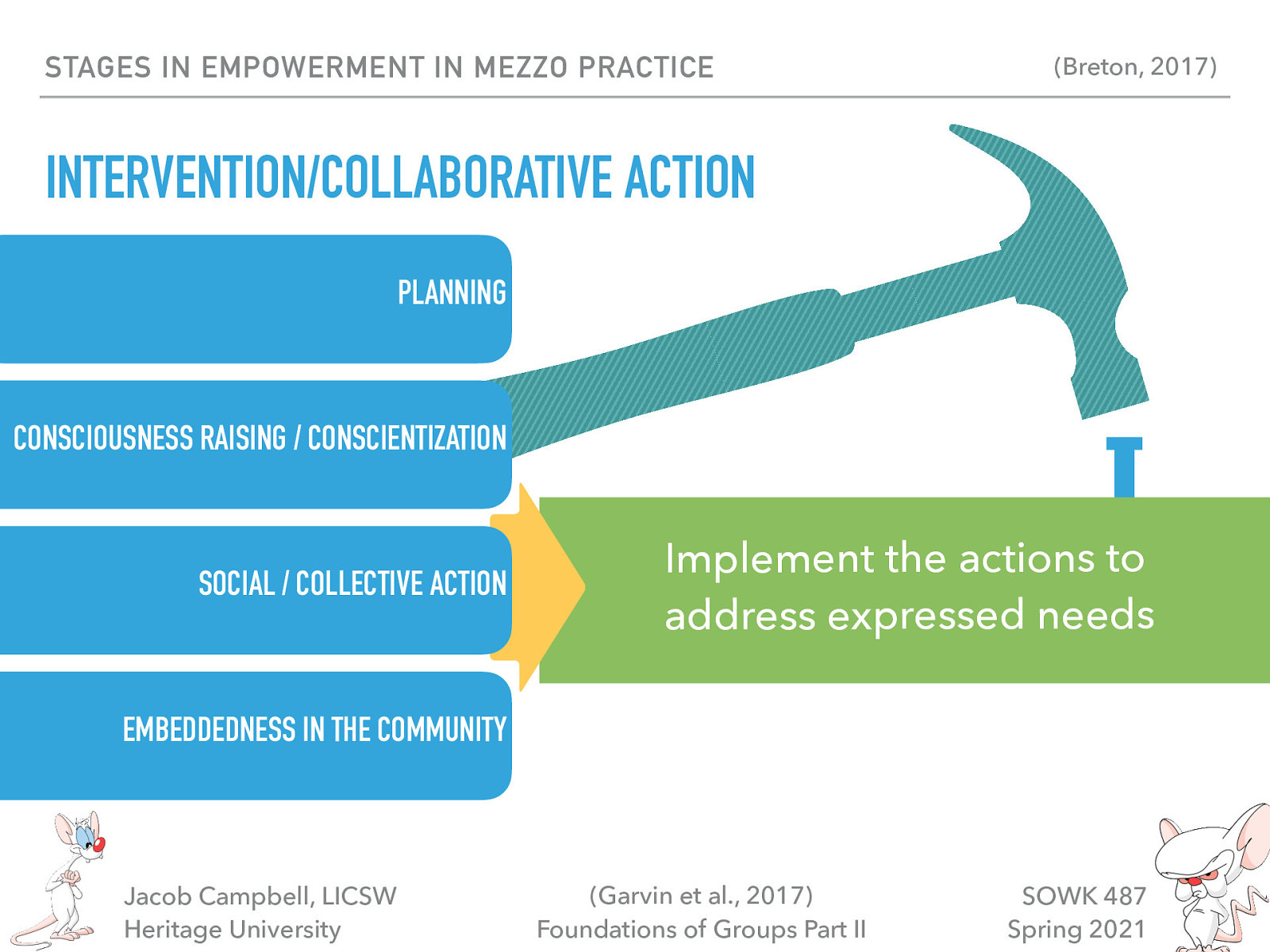

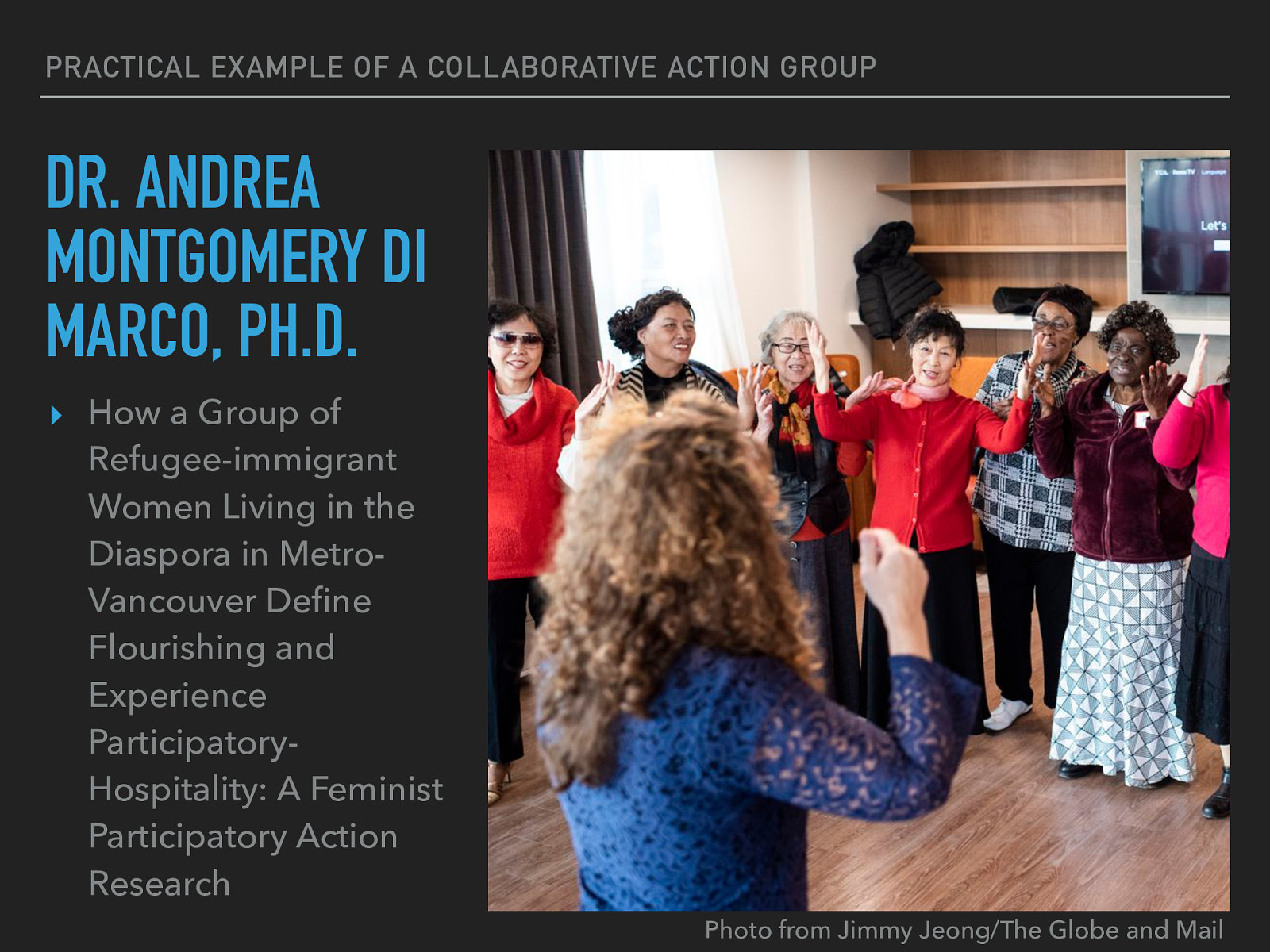
![[Small Group Activity] Thinking about using empowerment in relationship to students at Heritage and Potential needs. Start the planning of what a social action group might look like.](https://presentations.jacobrcampbell.com/u6tOvs/deck-6262-large-16.jpeg)
![[Whole Class Activity] Discuss what are some potential ethical dilemmas that could come up in relationship to groups. The tasks to do in the event of an ethical dilemma is to: Identify ethical issues Determining appropriate help Thinking critically Managing conflict Planning and implementing decisions Evaluating and follow-up](https://presentations.jacobrcampbell.com/u6tOvs/deck-6262-large-17.jpeg)
![Talk about each value [Small Group Activity] Break up into groups and have talk about how you would know that you have these values within a group. Solidarity Tolerance Inclusion Trust Cultural Humility Empowerment Shared leadership](https://presentations.jacobrcampbell.com/u6tOvs/deck-6262-large-18.jpeg)
